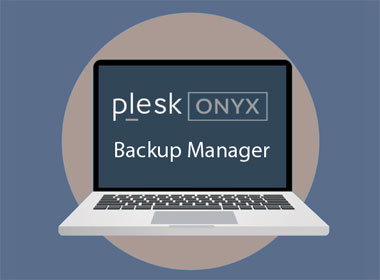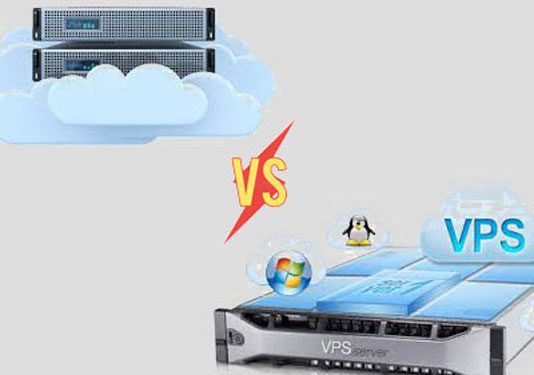As you all know, there are many posts comparing VPS and Cloud VPS to choose which solution will bring more efficiency. Not many of us, though, are using VPS but already know about Cloud VPS and have been intent on moving from VPS to Cloud VPS.
The article below shows...
Data backup can be understood as the act of copying/backing up all important content and original data of a website in case of problems or when need to transfer to another website. For many business websites, data backup is considered to be indispensable, because all data that you had...
VPS (Virtual Private Server) is a server running as a shared resource from a physical server. Virtual server is formed through the method of partitioning a physical server into different virtual servers. Each virtual server can run its own operating system, CPU, memory, storage hard drive ... with the...









